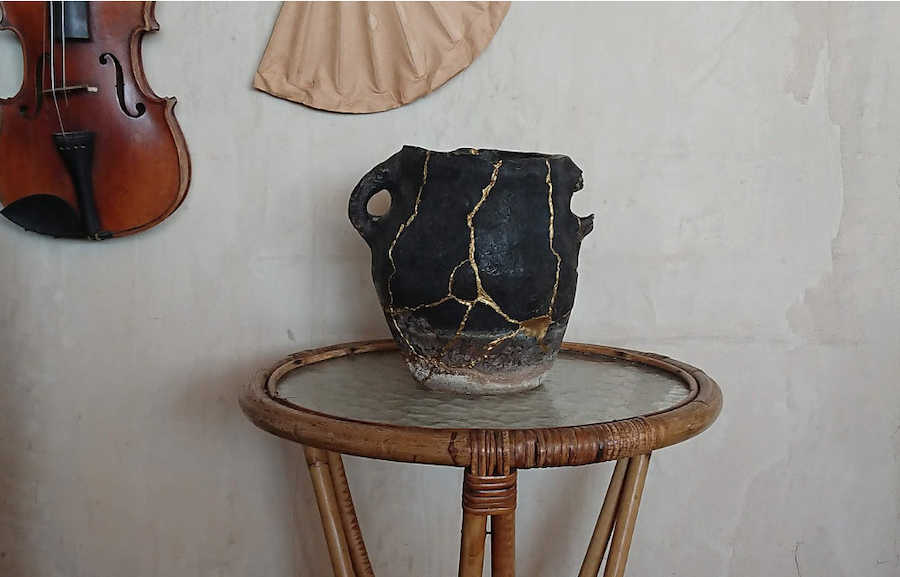
Look at the image of kintsugi.
The following activities and questions are designed to help your students use their noticing skills to move through the poem and develop their thinking skills so they understand its meaning with confidence, using what they’ve noticed as evidence for their interpretations. Read more about the framework upon which these activities are based.
-
Warm-up: Look at the image of kintsugi. What stands out to you about this piece of pottery? What can we learn from the art of kintsugi?
-
Before Reading the Poem: Use this site or another trusted site to look up your astrology information or the information of someone famous. Share what you learned with a classmate. What might astrology teach us about ourselves? (Teachers, you can find more astrology activities here.)
-
Reading the Poem: Silently read the poem “Taurus Sun, Cancer Moon, Scorpio Rising” by Paul Tran. What do you notice about the poem? Note any words or phrases that stand out to you or any questions you might have.
-
Listening to the Poem: Enlist two volunteers and listen as the poem is read aloud twice. Write down any additional words and phrases that stand out to you. Or you can opt to listen to the poet read the poem.
-
Small Group Discussion: Share what you noticed about the poem with a small group of students. How does the title of the poem inform your understanding? How might this poem connect to the art of kintsugi?
-
Whole Class Discussion: What do you think of this prose poem? How would you describe each section? How do the three sections work together? What does this poem say about survival and/or forgiveness?
-
Extension for Grades 7-8: Write your own poem inspired by “Taurus Sun, Cancer Moon, Scorpio Rising”. If possible, try to incorporate language from the poem into your writing.
-
Extension for Grades 9-12: Continue reading more prose poems. Bring to class one or more prose poems. In a poetry roundtable, share how the prose poem differs from other forms of poetry that you have read. How do prose poems still read and feel like poetry? As a further extension, write your own prose poem and share with the class.
Teach This Poem was developed for in-person classrooms, but it can be easily adapted for remote learning and hybrid learning models. Please see our list of suggestions for how to adapt this lesson for remote or blended learning.
“Kintsugi (golden joinery) is the Japanese art of repairing broken pottery with lacquer dusted or mixed with powdered gold, silver, or platinum, a method similar to the maki-e technique. As a philosophy, it treats breakage and repair as part of the history of an object, rather than something to disguise.” Find more information about kintsugi.
Prose poem: a poem that lacks the line breaks traditionally associated with poetry. Read more.
